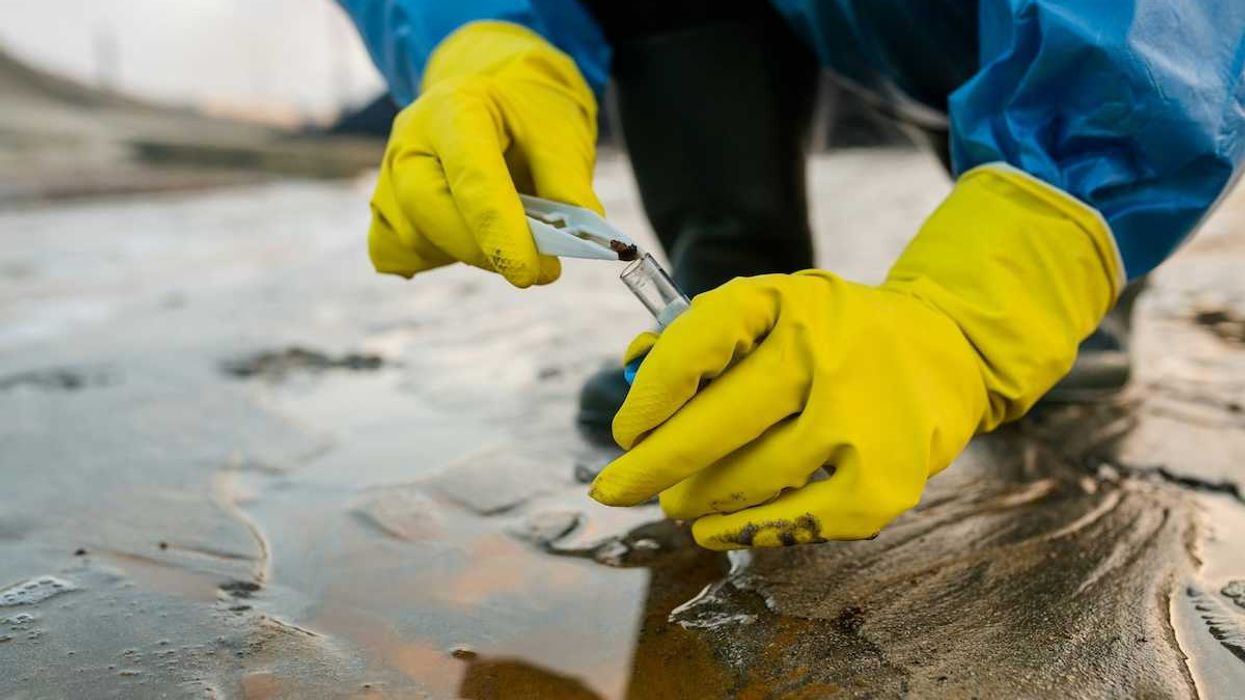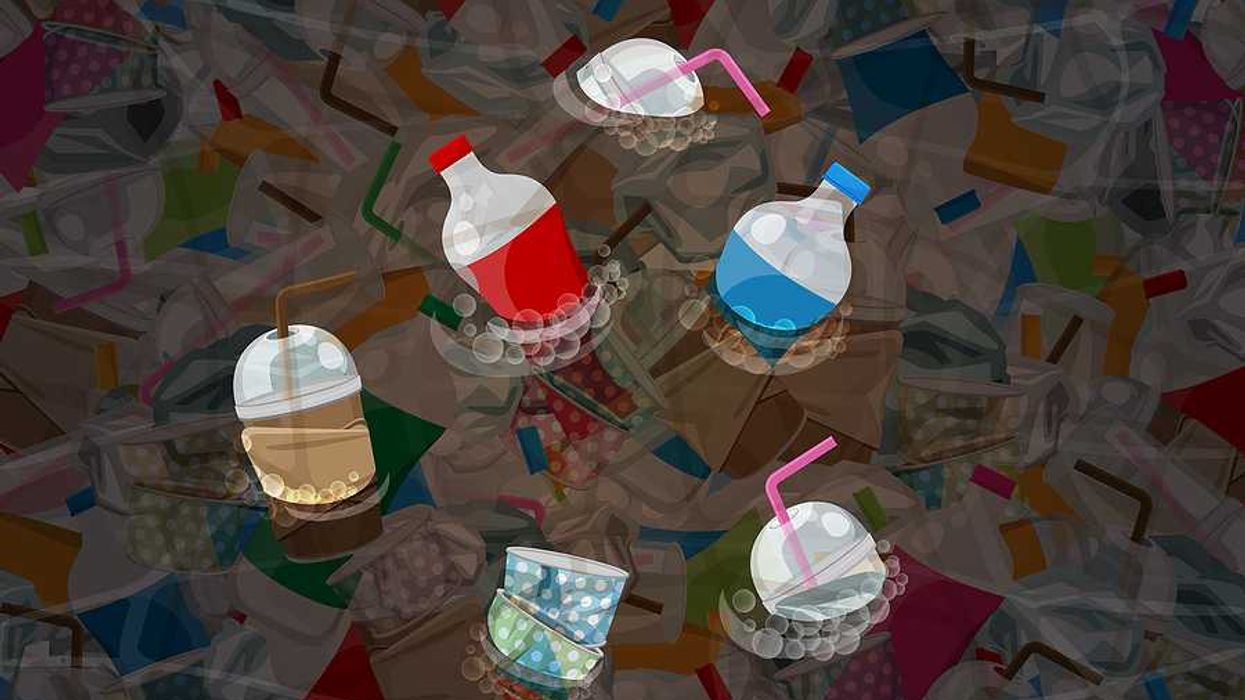Microplastics have been discovered in human ovary follicular fluid for the first time, prompting new concerns about their potential role in declining fertility and hormone disruption.
Tom Perkins reports for The Guardian.
In short:
- Italian researchers detected microplastics in the follicular fluid of 14 out of 18 women undergoing fertility treatment, suggesting direct exposure of developing eggs to plastic particles.
- The study raises questions about how microplastics and the toxic chemicals they carry — including PFAS, bisphenol, and phthalates — might interfere with female reproductive health and egg quality.
- Microplastics have previously been found in human semen and urine, and are now confirmed to permeate parts of the female reproductive system, increasing urgency for further research.
Key quote:
“This discovery should serve as an important warning signal about the invasiveness of these emerging contaminants in the female reproductive system.”
— Peer-reviewed research study published in Ecotoxicology and Environmental Safety
Why this matters:
Microplastics have become inescapable, turning up in oceans, mountaintops, food, water, and now, human ovaries. Their small size lets them travel through the body and cross biological barriers, such as the placenta and blood-brain barrier. But it’s not just the plastic itself that raises alarms. Microplastics often carry a cocktail of industrial chemicals — like PFAS, bisphenol A, and phthalates — that have been linked to hormone disruption, cancer, and developmental disorders.
In the context of fertility, this discovery deepens concern over how environmental contaminants may be silently influencing reproductive health. The fact that these particles were found in follicular fluid — the environment surrounding eggs during maturation — suggests that our most basic biological processes are being infiltrated by manmade pollutants.
Related coverage from EHN:














